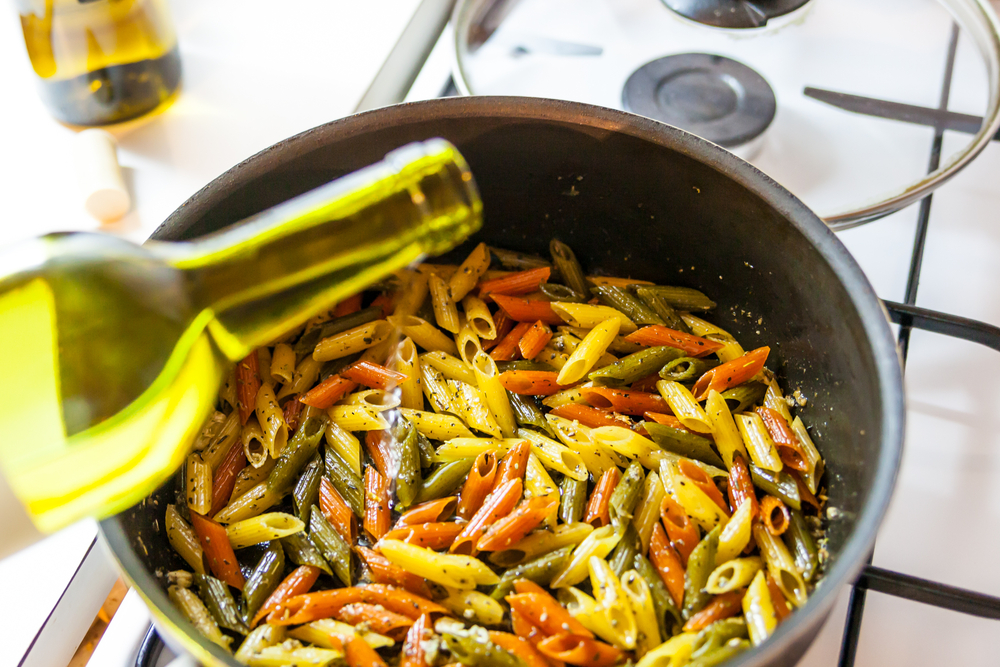
While you may not get drunk from eating a tiny bite of tiramisu or tequila lime chicken, it is entirely possible to catch a buzz from some foods that retain alcohol during the cooking process. In a video called “How to get drunk by eating food,” New Scientist deputy editor Graham Lawton performed a test to discover if he could go over the legal limit for drinking (.08% of blood alcohol concentration) solely by eating food that was prepared with liquor as one of its ingredients.
Lawton tested himself with a breathalyzer before the experiment began and found that he already had a BAC level of .02, and admitted that was due to a pre-tasting of a sherry-infused dessert he’d prepared for the meal. In the video, the first dish he ate was chorizo flambéed with rum. After finishing that, he tested his breath and found he’d far surpassed the blood alcohol limit to drive.
For the main course, he consumed fish stew made with white wine. After blowing into the BAC again, he was surprised to see that the score had gone down to .13, but pointed out that he was still over the legal limit for getting behind the wheel of a car.
Lastly, he went for a glorious-looking treat—a sherry trifle with a topping made of silybum (milk thistle) liquor and cream. After that, his BAC zoomed up to the maximum again. He pointed out that if he had eaten that dessert alone, he would’ve most likely measured over the driving limit. Sounding a tad tipsy at the end, he said, “I’ve proved it. You can eat yourself drunk.” Indeed.
Lawton’s findings can be backed up by a 2007 report from the U.S. Department of Agriculture, which found that depending on the cooking method, anywhere from 4% to 49% of the original alcohol stayed in the dish. According to the New York Office of Alcoholism and Substance Abuse Services, when it comes to dinner guests, it’s important to remember that alcohol is used in cooking for flavor, not the intoxicating effect. So even if most of it is cooked off during preparation, “having just a tiny bit of alcohol or the taste of alcohol may be enough to act as a powerful cue” and can “do a great disservice to a recovering alcoholic.”
Chart courtesy of Dorri Olds
However, it should be noted that Lawton does not appear to wait the recommended 15-20 minutes before blowing into the breathalyzer. The device’s readings seem to have detected Lawton’s “mouth alcohol” levels rather than alcohol absorbed through the stomach and intestines, and passed through the blood to the lungs, according to San Diego DUI attorney, George Fredrick Mueller. According to Mueller, “normal body processes eliminate residual mouth alcohol within 15 minutes.”
Here’s a resource for choosing substitutions whenever you run into a recipe that calls for alcohol but you’d rather stay sober. Bon appetit.
Watch Lawton’s full video below: